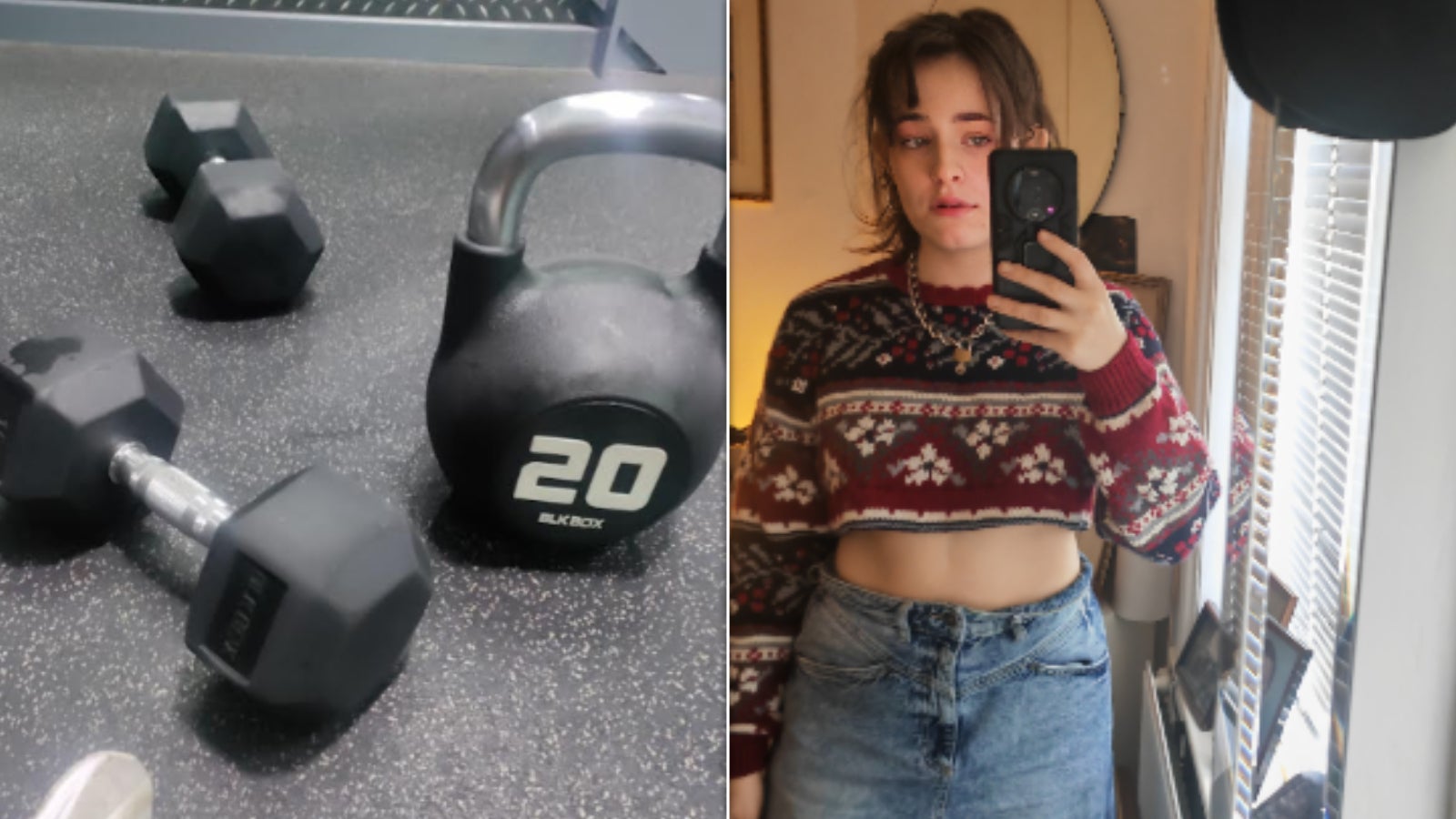
I recently found myself faced with quite the riddle: what’s the difference between an ab workout and a core workout?
If I’d been asked that by a bridge-dwelling troll a few months ago, I’d have resigned myself to a watery end. After all, I only recently learned that while abs are part of your core, your core is so much more than just abs.
Advertisement
I mostly go to the gym for health, rather than aesthetic, reasons. I’m way more worried about my bone density and brain health than I am about my muscle definition. So, I wouldn’t have minded if the difference was mostly cosmetic.
But it turns out that not only are core muscles key to a healthy back (and crucial for preventing falls in ageing), but a lot of the ab-led workouts I’d been doing previously actually did little to strengthen the crucial muscle group.
As a result, I changed my routine ― and I’ve noticed less back pain, better form in other moves (like squats), and even improved posture since.
Advertisement
Wait ― what’s the difference between abs vs core?
Your core is a set of muscles that includes the transverse abdominis and rectus abdominis, oblique, erector spinae, multifidus, diaphragm, quadratus lumborum, hip flexors, and pelvic floor muscles.
It involves groups of muscles we don’t usually think much about when flicking through workout videos, including those that support your spine and hips.
Only one of those muscle groups ― the rectus abdominis ― forms the “six-pack” people might try to achieve through sit-ups and crunches.
Advertisement
But The Mayo Clinic said that while lots of us try to achieve visible abs, broader core exercises (which “train the muscles in your core to work in harmony”) are all too often neglected.
That’s a shame, they said, because true core workouts are key to every other exercise you want to try ― and the stability a strong core gives you makes day-to-day life easier, too.
So, how do I achieve a stronger core?
Good news. The Mayo Clinic said any exercise that involves “the use of your stomach muscles and back muscles in a coordinated way” counts as a core exercise.
Advertisement
That’s why your class instructor is constantly asking you to “engage your core” when squatting, lifting, and even running.
Personally, I started doing what are known as compound exercises ― those which work multiple muscles at once, rather than isolating a couple ― to target both as many core muscles as I can in one go.
Hollow holds, planks, L-sits, pull- and push-ups, and bird dog exercises are all well-known core workouts that include far more muscles than we realise. I still love these.
Advertisement
But lifting weights with your core engaged, as is needed for overhead marches, renegade rows, and kettlebell swings (my personal favourite, and the move that I feel has strengthened me most) works too, and was a revelation to me.
Since incorporating more full-body core movements into my routine, I’ve not only spent more time on the area (a kettlebell swing can be part of a leg day routine, while sit-ups are usually core-specific moves), but added more weight, and therefore resistance, to the action too.
After all, it’s not like your stomach has a way of lifting a dumbbell; you have to recruit other parts of your body for that.
Advertisement
What other exercises work your core rather than just your abs?
Speaking to Harvard’s site, physical therapist Carina O’Neill recommended planks and bridges for the best day-to-day core stability.
But it doesn’t need to be that intense. NHS Fife recommends moves like cat-cow yoga patterns and kneeling planks to keep your trunk steady.
Of course, ab-focused sit-ups and crunches have their place too ― but if you’re hoping to get the best benefits from a strong core, it might be time to expand your understanding of the area to more parts of your body.
Advertisement





